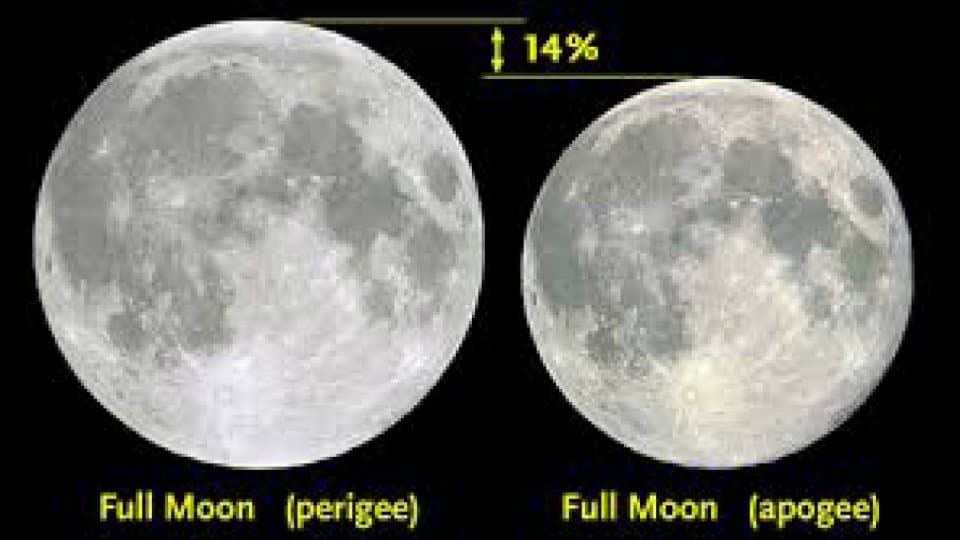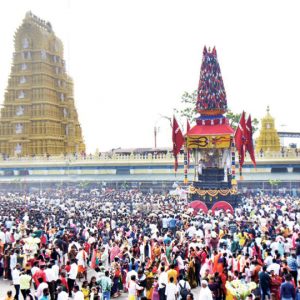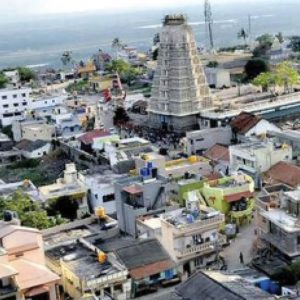By Rtn. Dr. S.A. Mohan Krishna, Observational Astronomer
There is a celestial feast for Indians today (Sept.14), as everyone can witness the smallest full moon or micromoon for the year 2019. This year’s full Harvest Moon presents the smallest, farthest full moon of 2019. It lies more than 252,000 miles away, in contrast to the moon’s average distance of about 239,000 miles. In general, the distance between Moon and Earth on this day will be 4,05,000 kilometres.
A harvest moon, which happens nearest to equinox, will appear on Sept.13 may be inauspicious date. But amateur astronomers and astronomy connoisseurs will find themselves lucky because something rare is set to happen this year.
The harvest moon often appears large and orange, since many people observe it as it surfaces above the horizon. But this year, the harvest moon will seem unusually small. Farthest and closest full moons recur in regular cycles. The closest full moon comes seven lunar months — or the seventh full moon — after tonight’s farthest full moon. Then the farthest full moon comes seven lunar months after the closest full moon. For the next seven lunar months, the full moon will come progressively closer to Earth. All the full moons have traditional names — from many different cultures — that coincide with the months or seasons of the year. In most years, the September or October full moon is the Northern Hemisphere’s Harvest or Hunter’s Moon.
The Hunter’s Moon is the full moon that immediately follows the full Harvest Moon. Because the ecliptic — the pathway of the moon — crosses the horizon at a shallow angle on autumn evenings, it means the Harvest and Hunter’s Moons bring us the year’s grandest procession of moonlit nights. In general, the moon rises about 50 minutes later each day, as it moves in orbit around Earth. All full moons rise around the time of sunset.
The Harvest Moon and Hunter’s Moon are special because—as seen from the northern hemisphere — the time of moonrise between successive evenings is shorter than usual. The moon rises approximately 30 minutes later, from one night to the next, as seen from about 40 degrees north latitude, for several evenings around the full Hunter’s or Harvest Moons. Thus there is no long period of darkness between sunset and moonrise, around the time of these full moons. In times past, this feature of these autumn moons was said to help hunters tracking their prey. They could continue tracking their prey by moonlight even when the sun had gone down. Hence the name Hunter’s (or Harvest) Moon.
The harvest moon occurring on Sept.14, which is a micromoon, will be absolutely rare as the similar event occurred in 1832 and this type of event will occur after next 50 years.








Recent Comments